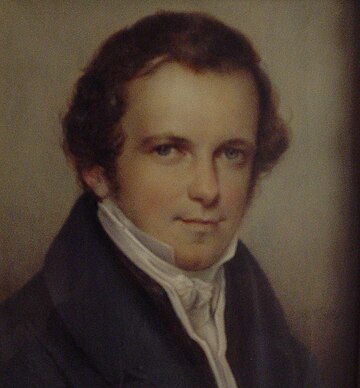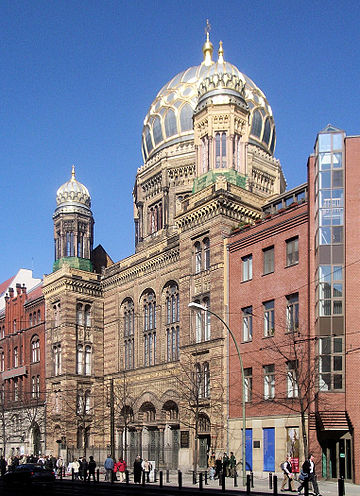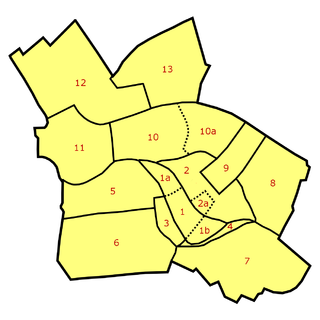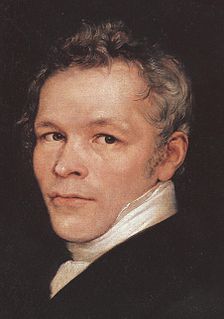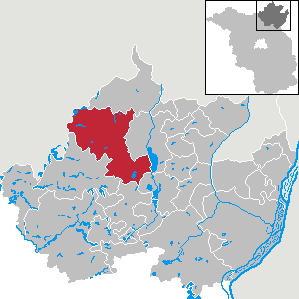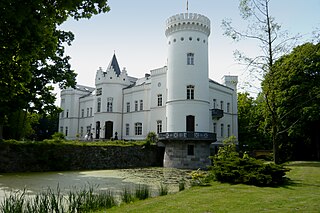
Heinrich Eduard Heine was a German mathematician.

The Schwerin Palace, is a palatial schloss located in the city of Schwerin, the capital of Mecklenburg-Vorpommern state, Germany. It is situated on an island in the city's main lake, the Lake Schwerin.

Carl Friedrich Zelter was a German composer, conductor and teacher of music. Working in his father's bricklaying business, Zelter attained mastership in that profession, and was a musical autodidact.
The year 1866 in architecture involved some significant events.

Friedrich Adler was a German architect and archaeologist.

The Alte Nationalgalerie in Berlin is an art gallery showing a collection of Neoclassical, Romantic, Biedermeier, Impressionist and early Modernist artwork, part of the Berlin National Gallery, which in turn is part of the Staatliche Museen zu Berlin. It is the original building of the National Gallery, whose holdings are now housed in several additional buildings. It is situated on Museum Island, a UNESCO-designated World Heritage Site.

Carl Heinrich von Siemens was a German entrepreneur, a child of a tenant farmer of the Siemens family, an old family of Goslar, documented since 1384. He is a brother of Ernst Werner von Siemens and William Siemens, sons of Christian Ferdinand Siemens and wife Eleonore Deichmann. They had two more brothers, Hans Siemens (1818–1867) and Friedrich August Siemens, married and father to Friedrich Carl Siemens, married on May 22, 1920 in Berlin to Melanie Bertha Gräfin Yorck von Wartenburg (the parents of Heinrich Werner Andreas Siemens Annabel Siemens, Daniela Siemens and Peter Siemens.
Georg Friedrich Heinrich Hitzig was a German architect, born into the Jewish Itzig family, converted to Lutheranism. He was a student of Karl Friedrich Schinkel.

Franz Heinrich Schwechten was one of the most famous German architects of the Wilhelmine era, and contributed to the development of historicist architecture.

David Gilly was a German architect and architecture-tutor in Prussia, known as the father of the architect Friedrich Gilly.

The Schloss Britz is the former manor-house of the historical Rittergut and village Britz, now a district of Berlin-Neukölln. Today it is the headquarters of the cultural organization Kulturstiftung Schloss Britz and includes authentic reconstructed rooms from around 1880. The house is a museum demonstrating interiors of the Gründerzeit era. The manorial park is also well preserved with its mature trees and its 1890s system of trails. In 1997 the park was honored with the German Gustav Meyer Prize for the accuracy and historic authenticity of the reconstruction.

Solms-Baruth was a Lower Lusatian state country, from 16th century until 1945.
Events in the year 1885 in Germany.
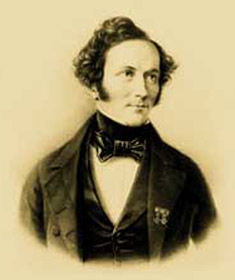
Carl Theodor Ottmer was a German architect.

Heinrich Brockhaus was a German book dealer and publisher who became a liberal politician.

The Märkisches Museum is a museum in Mitte, Berlin. Founded in 1874 as the museum of the city of Berlin and its political region, the March of Brandenburg, it occupies a building on the northern edge of Köllnischer Park, facing the Spree, which was designed by Ludwig Hoffmann and completed in 1908. It is now the main facility of the Stiftung Stadtmuseum Berlin, Landesmuseum für Kultur und Geschichte Berlins, the City of Berlin museum foundation, which also operates four other sites.
The Deutscher Kunstverlag (DKV) is a publisher with offices in Berlin and Munich. The publisher specializes on books about art and cultural history, architecture and historic preservation.

